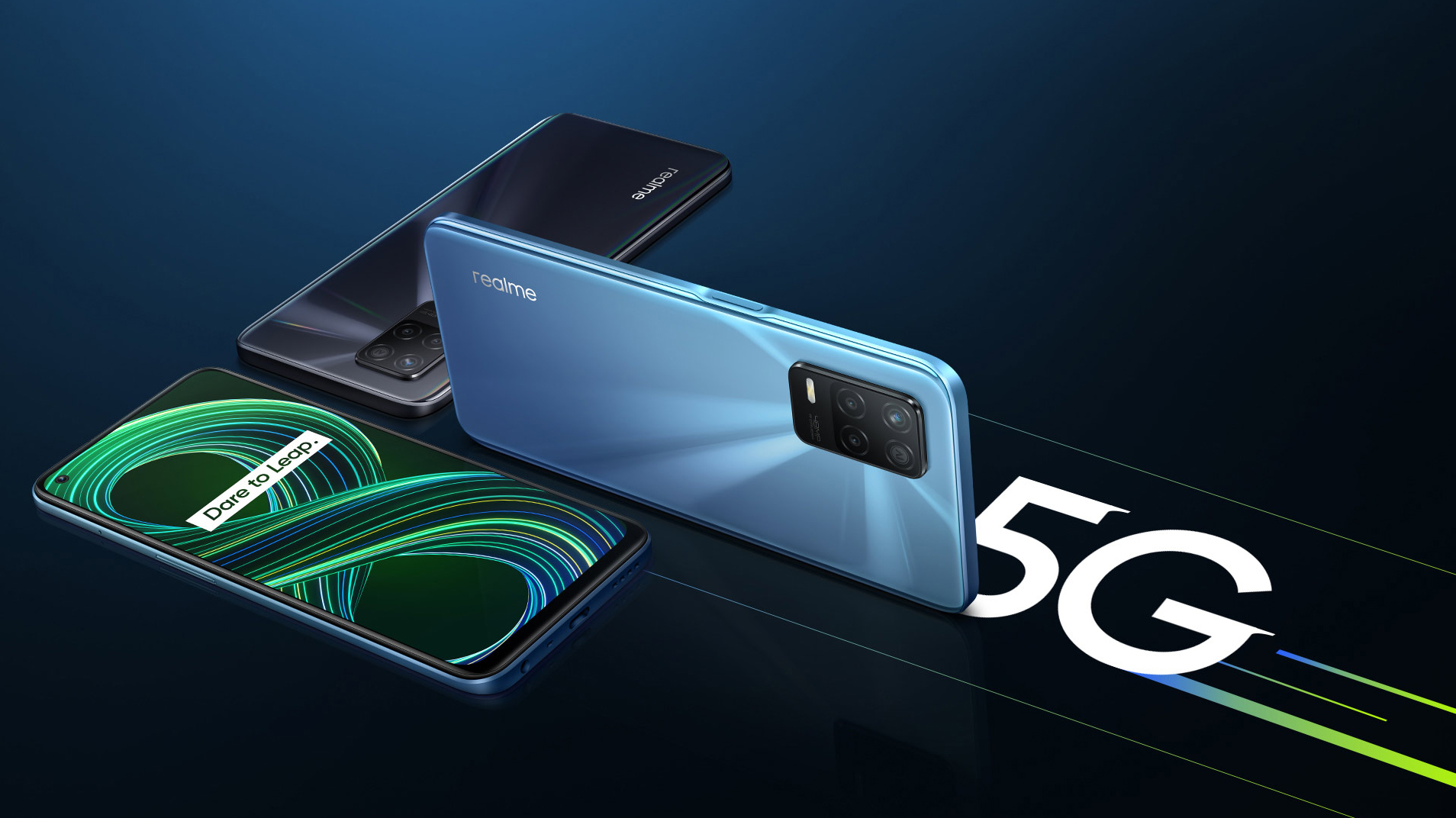

Realme President Madhav Sheth
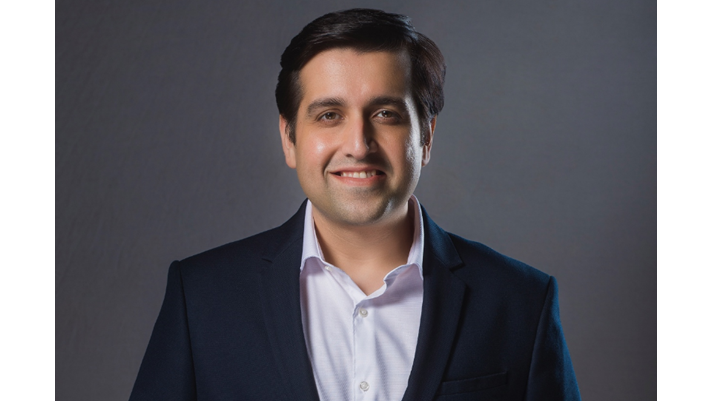
Madhav Sheth (born 21 April 1980) is chief executive officer of realme (India, Europe and Latin America), the president of realme International Business Group and the vice president of realme.
Realme is a company which, over the past few years especially, has really caught T3's attention thanks to its production of top-rated Android phones such as the Realme 8 Pro and Realme GT.
Realme's handsets have stood out most to T3 due to how they've managed to deliver really strong hardware packages, with next-gen features like 5G, 120Hz displays and rapid charging included, that match or outpunch phones from more famous makers.
You only have to look at the specs delivered on handsets such as the Realme 8 Pro, for example, to see how it is truly a flagship killer, and at a price that we think every phone user could afford. They've simply been among the very best cheap phones to buy.
And, in a time when value for money is more important than ever before, we really rate that here at T3.
Realme is an exciting company on the rise in Europe from our point of view and, as such, we decided to get in touch and speak with one of the firm's most forward-thinking team members, Madhav Sheth, president of realme International Business Group, to learn more about the firm and what it represents and its values.
What follows is our interview with Madhav.
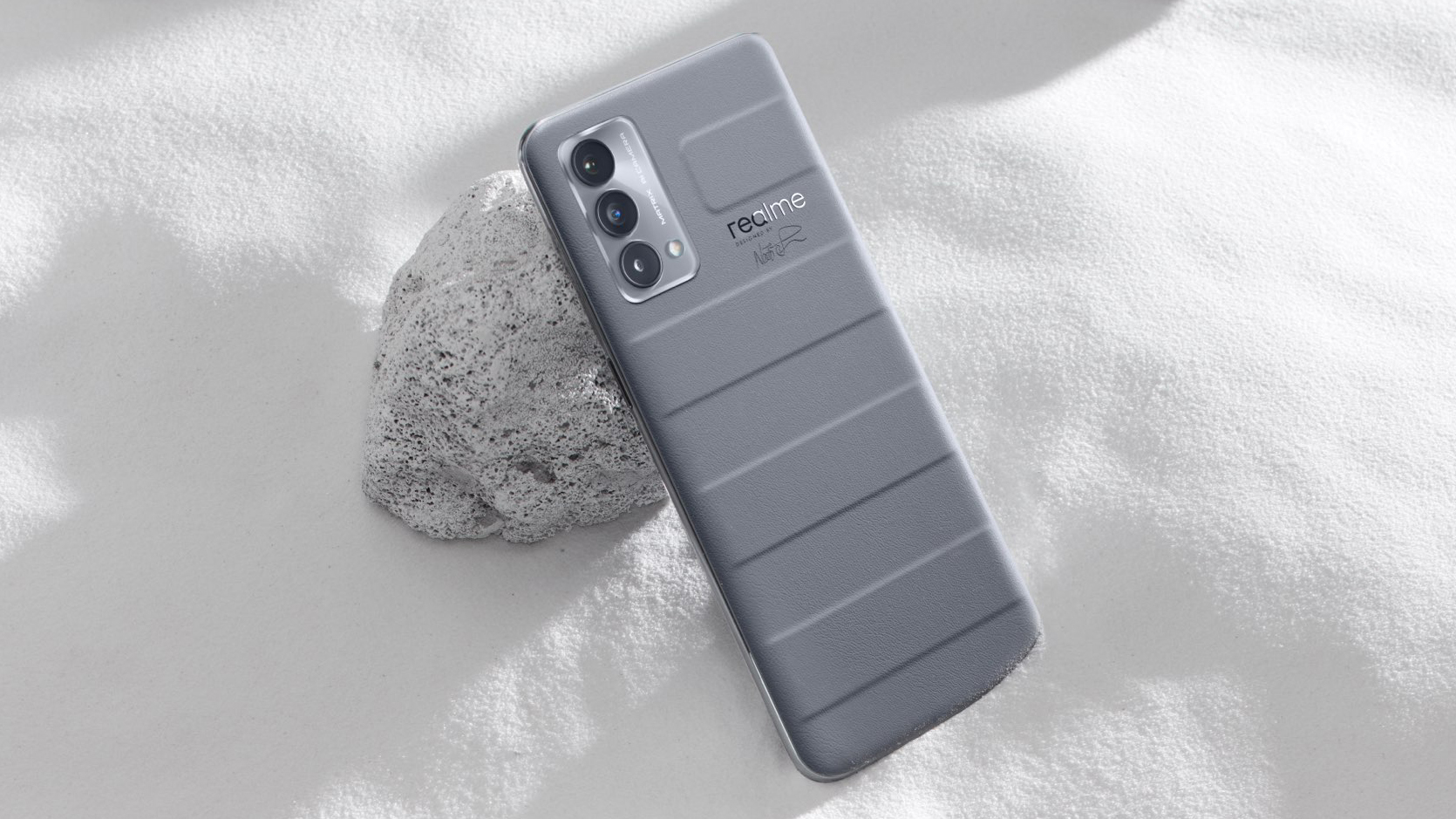
The Realme GT Master Edition.
How does Realme as a brand identify itself, specifically in relation to its rivals?
Realme is more about targeting the youth customers. Realme is all about the technological product, because Realme believes in one thing: we do not sell logos. We sell specs. We sell technology.
Get all the latest news, reviews, deals and buying guides on gorgeous tech, home and active products from the T3 experts
One thing that’s very clear is that we do not want to believe in something that’s like: “How can I charge premium just for giving you a particular logo?”
Point number two: we believe in economics of scale, to make sure, basically, we can bring in innovation, and we can make it so that it’s for the masses, not only for the classes. That’s point number two.
Point number three: we wanted to make sure that, basically, our customer core is based from around 16 to 30. Which is college-goers, young gamers, and office-goers. First-time office-goers. I call them the geeks.
These are the geeks because they’re someone who understands technology very well. So what we believe is that in every home, there’s one geek within this age group. And if I’m able to convince this particular age group of customer, he will become my gateway or my influencer to that family.
If he becomes an influencer to that family, the other part of the family members will be much easier to convince. But he has to be the main influencer.
So I’m looking at that one person in every family. It may be your son, it may be your daughter, it may be everyone. But it’s usually the age group from 16 to 30, or 25, who’s the person who knows “what is value for money”, who knows “what is specs”, who knows “what really helps you to do everything”.
These type of things… this is the customer.
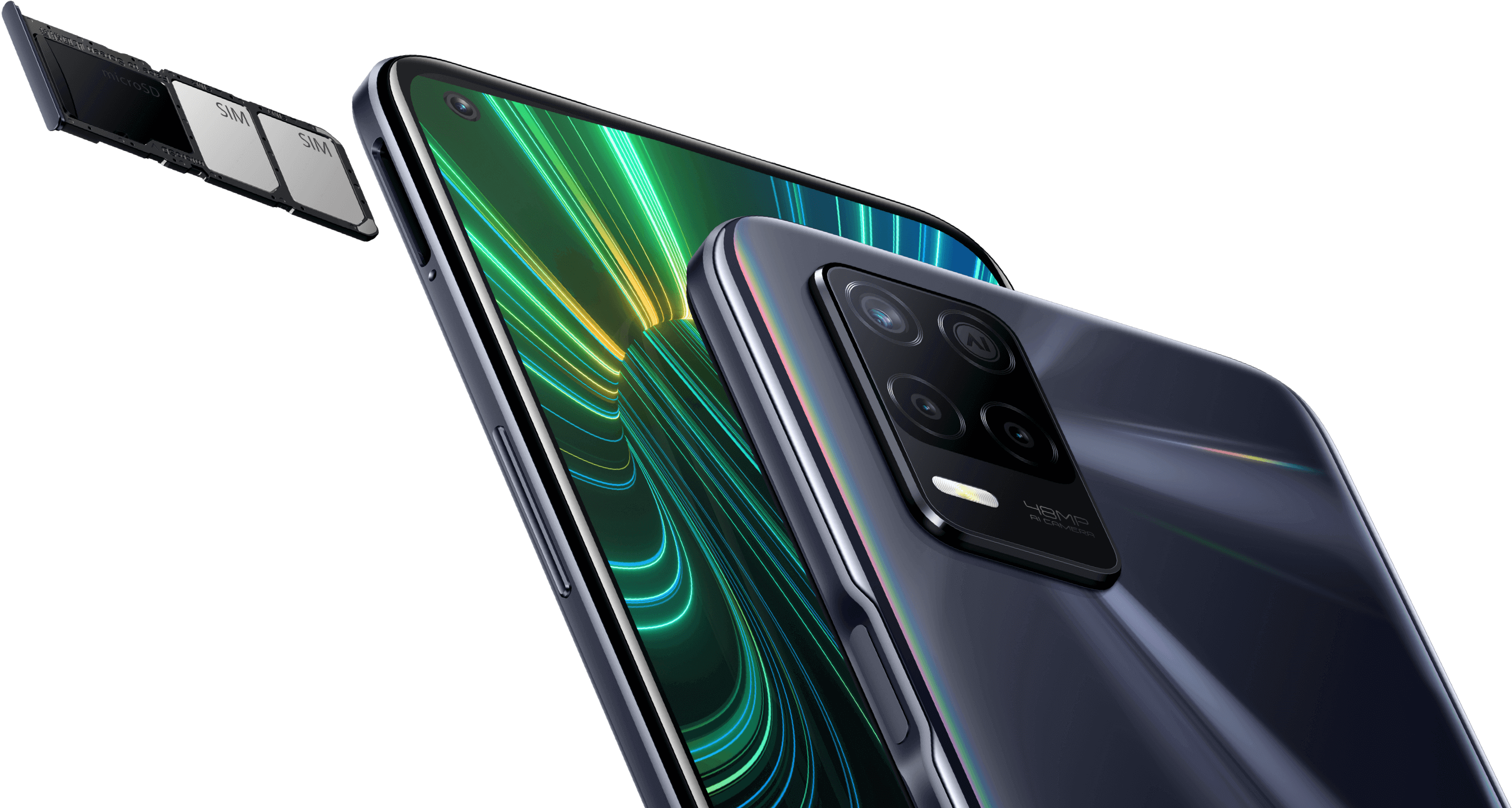
The Realme 8 5G.
What category of phones is driving Realme's growth?
It’s a bit of everything but mainly mid-range. I don’t know the reason, because what you’ve seen, when you look at customers – you look at customers, and normally they’re very loyal to the brands.
But because of the ecosystem, the brands – certain brands – have a relationship. And they don’t want to leave their ecosystem.
So they’re definitely not ready to go for a high-end phone. They need a new phone but they liked their experience with a mid-range, and then they move to the high-range over a period of time – once they feel comfortable about their ecosystem and their platform and what any platform that any particular brand is giving, in terms of: a) the service b) regular updates.
I think that young people are sticking to these particular points: a) the brand, b) the service, and c) that it has to be very good in quality.
You’ve described what Realme is, but what are the company's goals?
Let me tell you our objective goals. The first objective goal would be about the members across Europe. That’s the first objective goal. Point number two, we want to be in a position so the customer can feel and experience the product before they buy it. That’s the second objective in Europe.
Objective number three: what we really want is to be like a community over there. But this is not an objective; this is an exploration of what we want. To live in a tech community and connect with this audience, as we already have a three-million strong base of community members. How can I have this community also expand into the European market? How can I have their feedback? How can I create the product according to that expectation or future expectation?
That is something where I’m looking for a lot of perspective, for 2022.
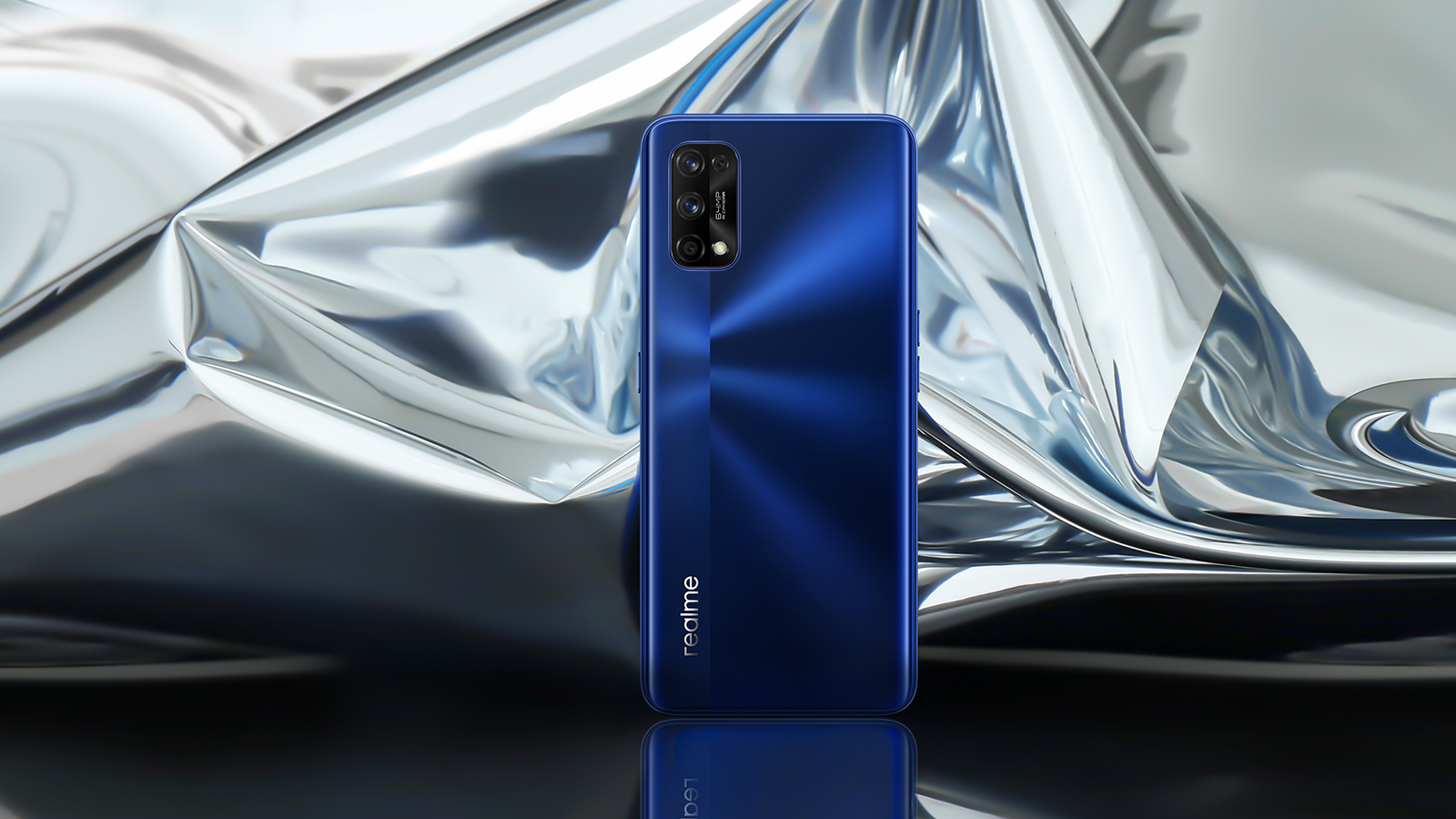
The Realme 7 Pro.
What’s Realme’s position on 5G?
I love to answer this question because 5G is something that I really want people like you to use as consumers – your readers.
The main, important reason is because 5G is not just about the services. 5G devices – as in hardware – really help you to level up your technology ability also. All the developments are happening on 5G chipsets.
So if you’re talking to me about the 5G chipsets, they give a better touch response, low latency speed, a better battery life, a better speed, a better touch response. And multiple other factors.
So just taking 5G services for the 5G device is not the point. But 5G, as a chipset, also helps you with a lot of better gaming, better video, better CPU. As I said, there’s a low latency, and multiple other factors. 5G services are just like an icing on a cake.
So what I believe – there’s nothing wrong if you do not have 5G services. Because in the next 12 to 18 months, definitely, countries will have 5G services rolling out. Well, why not be future-ready? Why not? Why not be future-ready?
Point number two: even if you’re a gamer or a mobile phone user, I believe the latest technologies are happening on the 5G chip-sets. Why not use a 5G chip-set to experience the latest technology around the world? And whenever the services come, be ready for it.
Point number three, and the most important point, is these 5G chipsets are efficient in terms of power management, and the optimisation of all your apps, and other ecosystem products.
So it’s really good to be future-ready, as I said – to be future-ready for devices that come with 5G. And that is what Realme is trying to do. This is about the industry. But what Realme is trying to do is to make sure that, basically, we bring innovation to the masses. Which means that, basically, I’m trying to make sure that 5G is also covered below a $200 price point.
We are investing more than $300 million on 5G R&D this year. One of the R&D centres is also in Europe.
What we’re trying to do is to make sure that 5G devices are not bulky, but they’re slim. If you see our latest device, which is the Realme GT Master Edition, that device is just 174g, and super-slim, with a super memory, super screen display, and with a 65-watt charging solution.
And that’s why we want to make sure that basically 5G is not just about being a bulky device, but it is very super-slim and very efficient, and, at the same time, better than any of the 4G devices that are already in the market. It’s still not pinching your pocket. That’s what Realme wants to do.
So is that angle about bringing innovation to the masses but keeping it affordable why Realme’s not pursuing a folding phone?
We’re not looking at folding phones. I believe, you know, number one, innovation has to be useful. Innovation has to be durable. Innovation has to be achieved.
So these three factors are extremely important to have any innovations. So I believe that, basically, the target consumer, the ones we are trying to target, they need durability also. Which I believe the folding phones currently do not give to my users.
As I say, any innovation is not about the innovation, it’s just of the timing of the innovation, which is more important. So I believe that, basically, there has to be a durability in any innovation. There has to be sustainability in an innovation. That has to be a differentiation in any innovation.
And there’s other extremely important factors, when you do any other innovation. An innovation cannot just be something out of the world but not usable, for example. It has to be usable.
So I want to target my consumers. I want to get them a durable device, a useful device, and a fresh device.
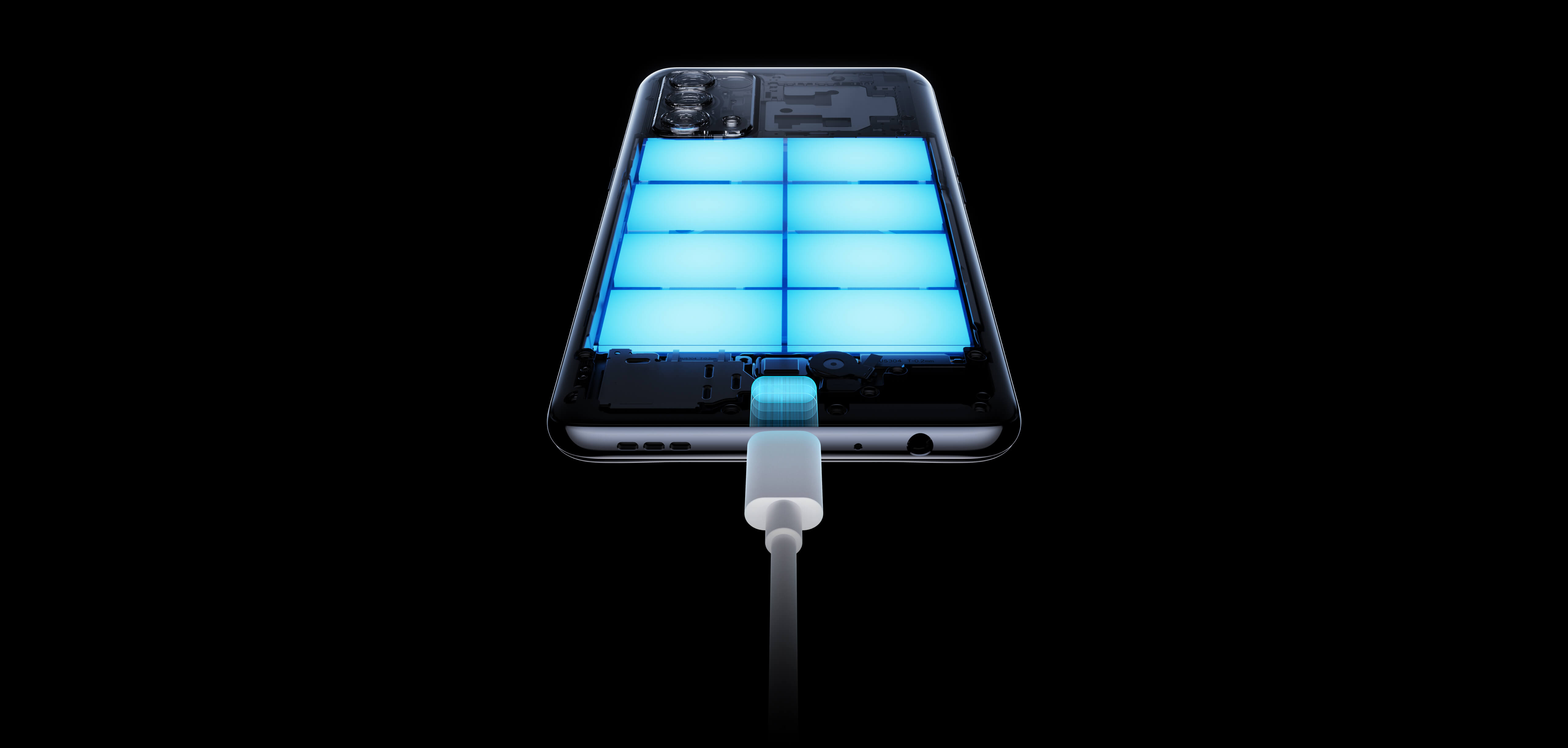
The Realme GT Master Edition boasts a 65W SuperDart Charge system.
The Realme GT has really impressive charging speeds. Is charging an area where you think we'll see a lot of innovation going forward?
As I said, any innovation has to be useful. Which means that… let me give you an example of charging.
Say, for example, I’m running out of battery life, and I just have to charge for 10 minutes to get half a day's usage – that gives me complete peace of mind.
By reducing the charging time, rather than spending three hours, in 40 minutes or 45 minutes you can charge your entire phone completely.
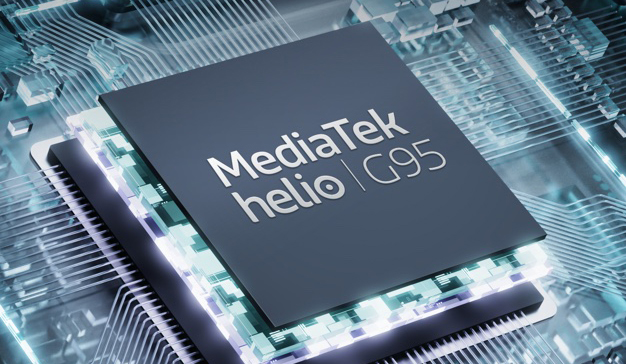
Are gamers a demographic you're seeing adopt Realme phones?
As I said, the gamers are the real geeks as well. So they’re one of the community of the geeks. The gaming section is somewhat, I believe, growing at a very fast pace, not only in India but globally.
30% of the smartphone users do use their phone for gaming. What does this mean? Basically, gaming has become one of the most important aspects of use while you are on the phone, which means that your phone has to have a system that even when you play the heaviest of the games can cope.
So yes, gaming has become one of the most important aspects. And as 5G is rolling out gaming will become more important, and it will be more cloud-based.
I believe that once 5G rolls in with a 5G device, and gaming comes into the picture, I believe that it will create an opportunity for developers. At the same point of time, it will create a new ecosystem for cloud gaming. So I think it’s going to create a whole new set of goals for gamers.

Lastly, why should a person buy a Realme phone instead of a rival's device?
I would say that if you have, say, a 300 Euro budget, try to compare the specs, the price, and don’t just go for logos. See the services. See the specs. Don’t look at only the specs on the paper. Experience the product. Read the reviews. And only then I think should buy. By experiencing a Realme product like this I'm sure you’ll never get another phone.
To learn more about the full range of Realme phones available in your region head on over to the official Realme website.

Rob has been writing about computing, gaming, mobile, home entertainment technology, toys (specifically Lego and board games), smart home and more for over 15 years. As the editor of PC Gamer, and former Deputy Editor for T3.com, you can find Rob's work in magazines, bookazines and online, as well as on podcasts and videos, too. Outside of his work Rob is passionate about motorbikes, skiing/snowboarding and team sports, with football and cricket his two favourites.